With an efficiency of 20.9%, the tested cell does not yet fully exploit the potential.
Category: sustainability – Page 389
Look at how much the planet has changed in four decades with Google Earth Timelapse
What if we could go back in time to four decades ago, when we first heard the term “climate change,” and take a good look at planet Earth?
The new Google Earth Timelapse feature lets us do that. We can scan the globe and look back from the present day to 1984. The feature gives us a unique opportunity to see how human action and natural forces have changed the planet since the 1980s.
The Google Earth Timelapse feature will allow you to view a 37-year timelapse of the entire planet or zoom in on a specific location and time.
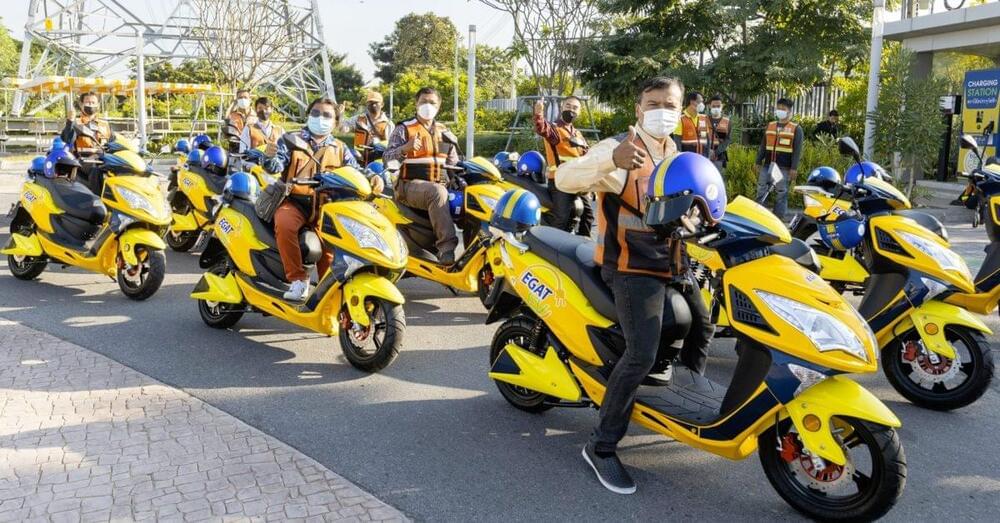
Bangkok’s noisy scooter-filled streets may quiet down with new electric motorcycle trial
The Thai government is starting a new trial in Bangkok that will see electric scooters replace their gas counterparts for motorcycle taxis in the city.
The trial run could have big implications not just for Bangkok, but for scooter and motorcycle-laden cities across much of Asia.
If you’ve ever visited Thailand, you’ll surely have seen two of their most popular forms of public transportation that we don’t offer here in the West: rickshaws (tuk-tuks) and motorcycle taxis.
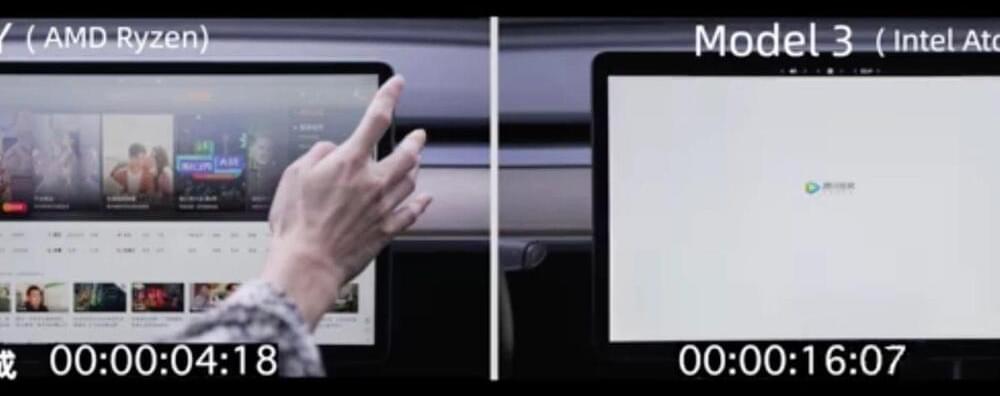
Tesla launches new AMD chip and 12v Li-ion battery in 2022 Model 3 Model Y vehicles
Tesla has introduced the new AMD Ryzen chip and 12v Li-ion battery in 2022 Model 3 Model Y vehicles.
Earlier this month, we reported on a bunch of new features and changes coming to the Tesla Model 3 and Model Y that leaked through a test program in Europe.
Amongst many things, the leak revealed that new Model 3 and Model Y vehicles coming to Europe, which are made in China, would come with the new AMD Ryzen chip that is powering the media computer in the new Model S and Model X and the Model Y Performance made in China. Also, the lead-acid 12v battery will change to a Li-ion battery system.
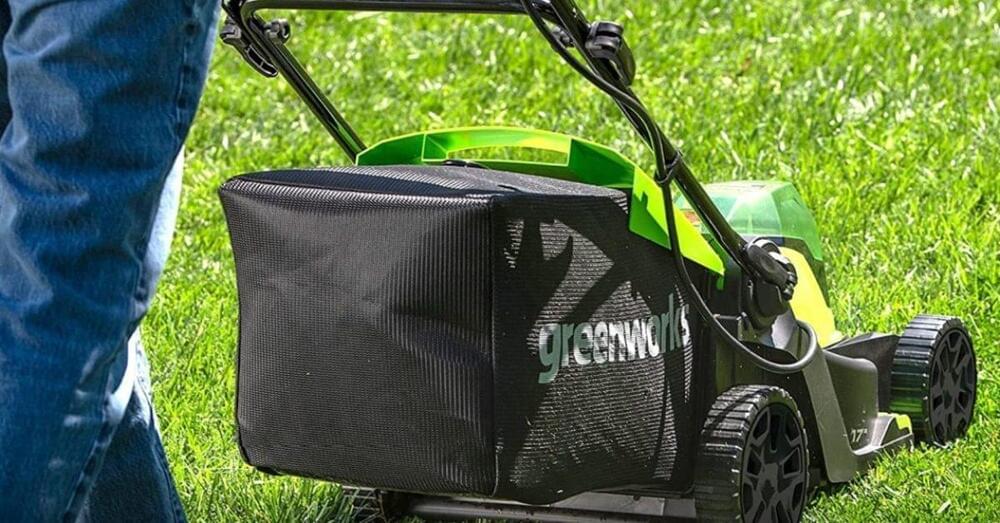
Greenworks 48V 17-inch battery-powered mower combo now $246, more in New Green Deals
If you missed out on Black Friday electric mower deals, then you’re in luck. The Greenworks 48V 17-inch brushless cordless electric mower is back at its third-best price that we’ve seen all-time at $246. Not only does this bundle include the gas-and oil-free mower, but also two 4Ah 24V batteries and a 24V drill/driver. You’ll also find discounts on electric lawn mowers and much more below, as well. We also have a wide selection of Tesla, Greenworks, and other e-bike discounts in today’s New Green Deals, so you won’t want to miss that either.
Head below for other New Green Deals that we’ve found today, more on why going electric for your yard tools like the mower on sale is important, and of course Electrek’s best EV buying and leasing deals. Also, check out the new Electrek Tesla Shop for the best deals on Tesla accessories.
Amazon is offering a deal on the Greenworks 48V 17-inch Brushless Cordless Lawn Mower with 24V Drill/Driver for $245.99 shipped. Down from a $360 normal going rate, today’s deal is the third-best price that we’ve tracked all-time. This kit includes Greenworks’ 48V 17-inch brushless battery-powered mower, two 4Ah 24V batteries, a charger, and a 24V drill/driver. That’s right, you don’t just get the mower and batteries here, the drill/driver will help you with honey-do tasks around the house once spring arrives. Of course, no gas or oil is required for this mower to function, and being battery-powered also removes the requirement to have cylinders or noisy exhaust. All-in-all, this is a solid buy at the third-best price that we’ve seen all-time.
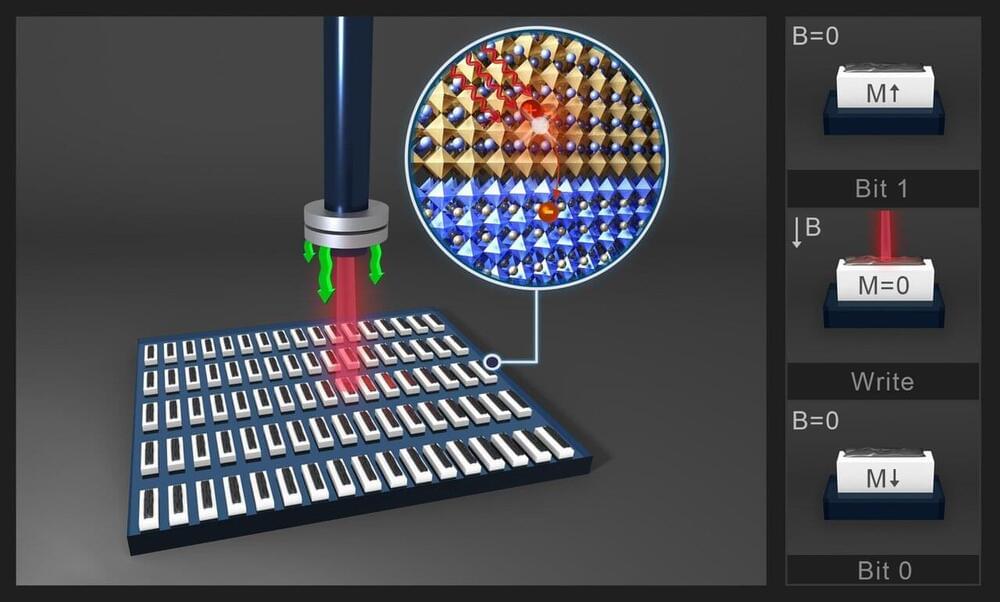
Introducing the light-operated hard drives of tomorrow
Circa 2020
What do you get when you place a thin film of perovskite material used in solar cells on top of a magnetic substrate? More efficient hard drive technology. EPFL physicist László Forró and his team pave the way for the future of data storage.
“The key was to get the technology to work at room temperature,” explains László Forró, EPFL physicist. “We had already known that it was possible to rewrite magnetic spin using light, but you’d have to cool the apparatus to—180 degrees Kelvin.”
Forró, along with his colleagues Bálint Náfrádi and Endre Horváth, succeeded at tuning one ferromagnet at room temperature with visible light, a proof of concept that establishes the foundations of a new generation of hard drives that will be physically smaller, faster, and cheaper, requiring less energy compared to today’s commercial hard drives. The results are published in PNAS.
South Korean 20-Mile Solar ‘Bike Highway’ Generates Electricity
Sunny way.
A ‘bike highway’ running between Daejon and Sejong in South Korea is a sight —or rather, a concept —, you surely haven’t thought of before: It stretches for 20 miles (32 km), and it not only shields cyclists from the sun but also generates power at the same time.
It’s true that a bicycle lane in the center of a highway is an unusual location for one, especially with three lanes of traffic on either side of it, yet it works. Much like the $3.7 million SolaRoad in the Netherlands, a 230-foot road replaced by solar panels, which powers the highway’s lighting system, this bike highway is a win for green energy. Its lanes produce more than enough electricity to power the lighting of the highway and the electric vehicle charging stations, according to Fast Company.
However, in the Netherlands, bicyclists ride on top of the panels instead of under them, while South Korea’s case is the opposite. Under the overhead solar panels, cyclists use subterranean tunnels to enter and exit the path, which boosts safety tremendously since they can get on and off the bikeway without being involved in the regular traffic. Once on the route, they’re shielded from the traffic on each side by barriers, and while that doesn’t provide pleasant roadside views, it does offer sun protection.
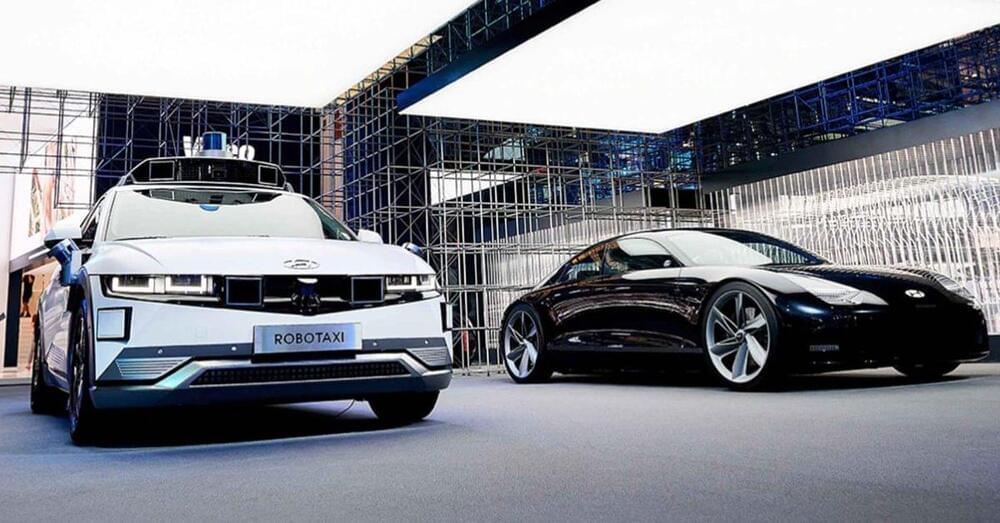
Hyundai shuts down its engine development team amid focus on electric cars
Hyundai announced that it is shutting down its internal combustion engine development team as the automaker focuses on electric cars.
For 40 years the Korean automaker has been developing internal combustion engines to use in its vehicle lineup, but no more.
The Korea Economic Daily reports that Hyundai’s new R&D chief Park Chung-kook confirmed in an email to employees that they are shutting down new engine development:
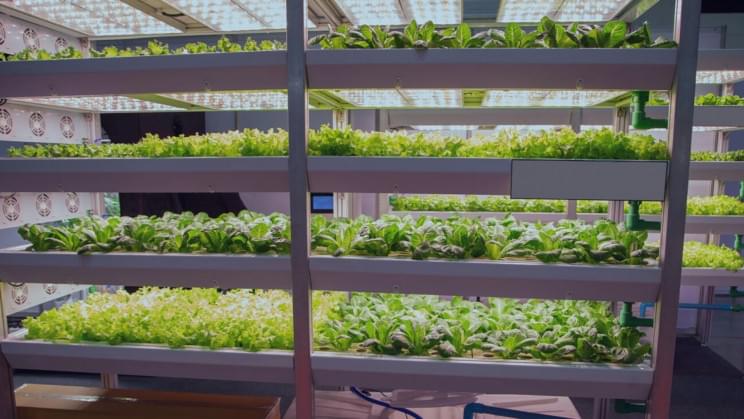
A Vertical Farm Company Aims to Reduce Food Waste With Local Produce
With hundreds of times more food per acre than regular farms.
Vertical farming is a revolutionary form of agriculture. As its name suggests, it’s a form of agriculture that is specifically designed to facilitate agricultural production inside vertical structures. These farms can be created inside old warehouses, used shipping containers, greenhouses, or other buildings, saving space and energy.
As a more sustainable method of farming, vertical farming tends to require much less energy than regular farming which is estimated to be 95% less water since the used water in farming can be recycled and reused.
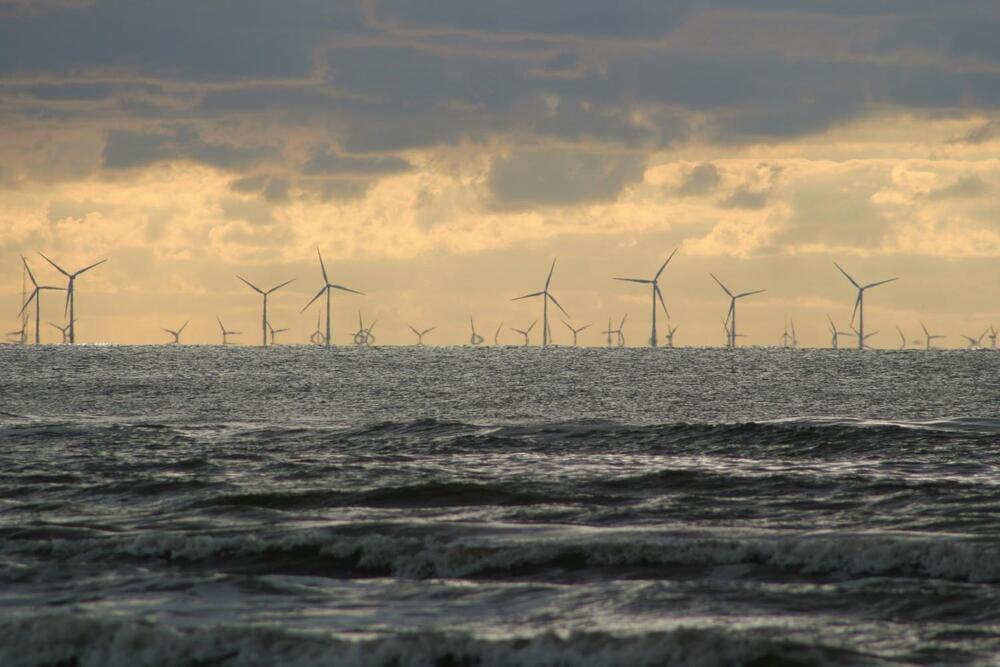
First power achieved on world’s largest offshore windfarm
Officials with the Danish energy company Ørsted have announced that they have achieved first power on the Hornsea 2 project—a new windfarm off the coast of England in the North Sea. As part of their announcement, posted on the company’s web page, officials noted that once the windfarm is fully operational, it will represent the largest windfarm in the world.
Hornsea 2, as its name implies, is the second segment of a four-segment project. Hornsea 1 became operational last year and is currently the largest offshore windfarm —with its 174 turbines, the farm has a capacity of 1.2-GW—enough to power over a million homes in the U.K.
Hornsea 2 was approved for construction back in 2016—it will feature 165 8-MW turbines made by Siemens, which will give it a capacity of 1.32 GW. The offshore substation and reactive stations have been installed and tested while construction continues on the turbines. The windfarm will be located approximately 90 kilometers off the coast of Grims, England, which is not far from Leeds and Sheffield. Once the windfarm is fully operational, it will deliver power to a substation at Killingholme. The project will involve stringing cable under 390 kilometers of ocean water and then 40 kilometers of land before reaching the substation. Hornsea 2 will also be breaking another record—it will be located farther away from shore than any other large-scale windfarm.